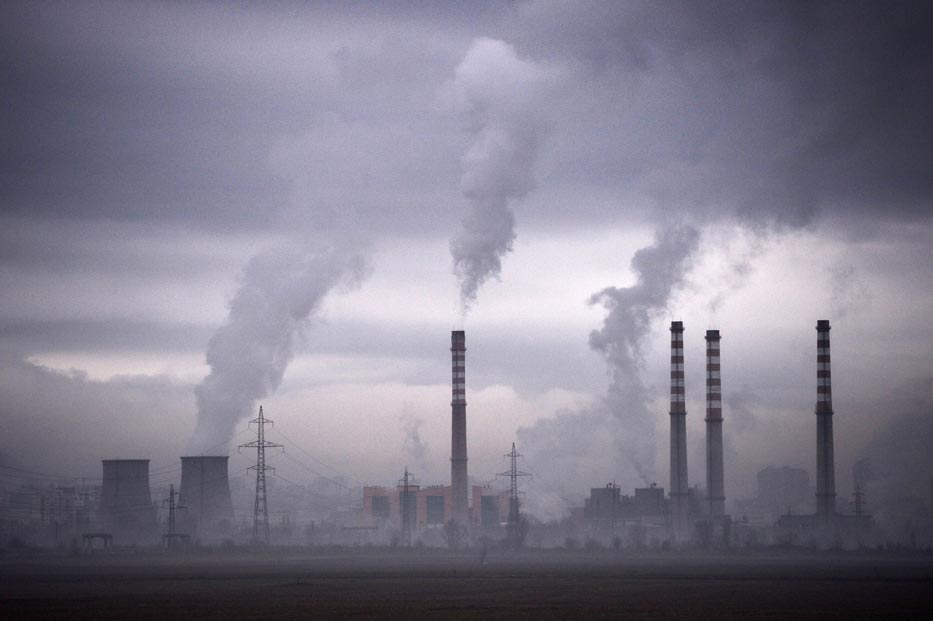Washington – Barack Obama has released, in collaboration with the Environmental Protection Agency (EPA), the Clean Power Plan on Monday which is said to be the strongest action a president of the United States has ever put forward. Moreover, eBay, Nestle, General Mills, Unilever, L’Oreal, Levi Strauss, Staples,renewable energy company SunEdison and Trillium Asset Management, and more than hundred businesses have issued their support for Obama’s rules.
The U.S. has been considered for a long time a moderate player in taking serious actions to reduce the threat that the climate phenomena would be to food security, public health and the environment. White House adviser Brian Deese said the Environmental Protection Agency (EPA) rules represented the “biggest step that any single president has made to curb the carbon pollution that is fuelling climate change”. Obama addressed this generation of politicians and the judgment that will fall upon them about the ability, or the lack of it, to plan ahead the protection of our planet for the sake of future generations.

The Clean Power Plan aims to reduce carbon pollution from power plants that takes real action on climate change. It is defined by the EPA as a fair and flexible solution. It is designed to help strengthen the path toward cleaner and lower polluting energy in America. The agency reported that it has “strong but achievable standards for power plants and customized goals for states”. This step in climate change policies provides national consistency and shows the world that “the U.S. is committed to leading global efforts” to address the topic.
The plan is promoting investment in low carbon energy because of its positive economic impact creating thousands of jobs, apart from its environmental benefits. It also focuses on areas like energy efficiency programmes for low income neighborhoods and communities to help cut energy bills. Technology wise, it speaks of the carbon capture advances, stimulating the scientific community and the debate about its possibilities and impact. Most of this state of the art models are still unproven.
In this sense two studies, published on Monday, show the most recents investigations on our ability to limit global warming and reverse the impact of climate change.
The first, led by Thomas Gasser of the Institut Pierre-Simon Laplace, near Paris, was published in Nature Communications. It shows that to limit the warming below 2ºC, is necessary to remove carbon from the atmosphere, a method known as “negative emissions”, or with conventional mitigation which consist in reducing the net amount of CO2 released into the sky.
The second study led by Sabine Mathesius of the GEOMAR Helmholtz Centre for Ocean Research in Kiel, Germany, is available on Nature Climate Change. It is focused on the impact over the oceans even if enough CO2 is removed. According to this study, it might not be enough to restore the water mass states previous to the start of the atmosphere alterations.
In other words, technology to drain heat-trapping CO2 from the atmosphere may slow global warming, but will not reverse climate damage to the ocean on any meaningful time scale. This has led to alerting acidification increases already damaging coral, and affecting several kinds of microorganisms essential to the ocean’s food chain.
In contrast, Mindy Lubber, the president of Ceres, a network of investors that organized the letter signed by 365 businesses, directed to 29 state governors to strongly support the rules, said: “The clean power plan is the right measure at the right time. It’s a flexible, practical and economically sound blueprint to transition America toward a low-carbon future.”
The rule the final document proposed is a 32% cut in carbon emissions from power plants by 2030 on 2005 levels, up from the initial proposal of 30%. However states will only have to comply by 2022 rather than 2020 as originally proposed, and will be able to submit their plans on meeting the targets by 2018 instead of 2017. In contrast, CO2 emissions from power plants fell 15% between 2005 and 2013, meaning the country is halfway to the target.
Gina McCarthy, the EPA’s administrator, expressed that she believed the agency was on strong legal grounds for defending the rules from the legal challenges the will certainly face. “Over the next few days we will hear the same tired old plays from the old special interests playbook,” said McCarthy.
Source: EPA
